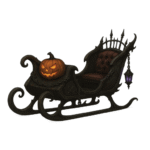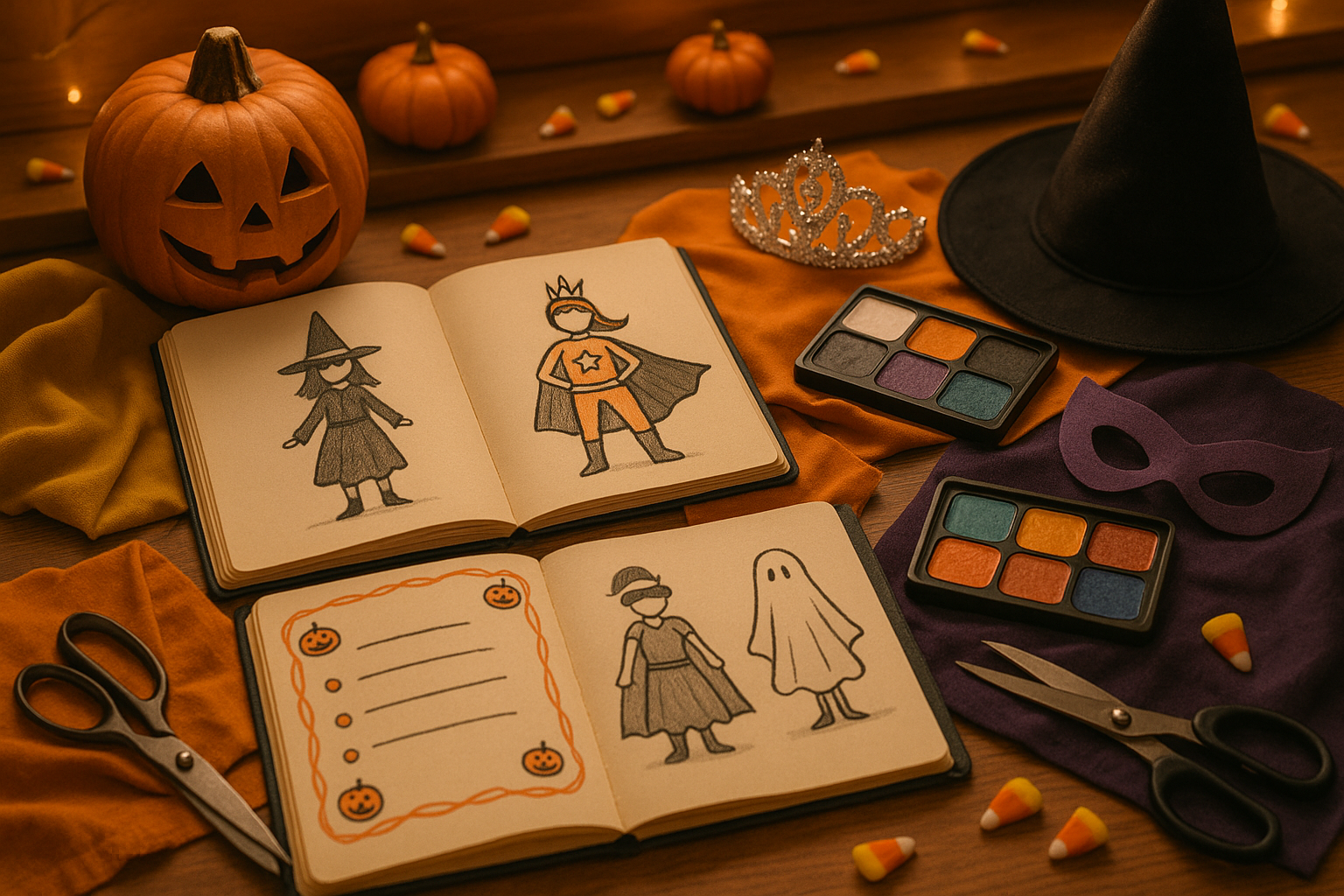Choosing a costume follows three practical stages. First, identify the styles that dominate this year’s market. Next, match those styles with your own wardrobe preferences and the conditions you will face, such as temperature, movement needs, and event length. Finally, determine how to achieve the desired look while staying within your budget and minimizing waste. Applying this structured approach lets you select an outfit that matches your style, suits the occasion, and respects your financial limits.
Mainstream or Niche
For Mainstream
Classic or current? You can choose a well known character from popular media that everyone recognizes. You might want to dress as Dracula or Art the Clown. Choosing a mainstream option means your costume will be easily recognizable. This is an especially useful option if you don’t like the idea of explaining your costume.
For Niche
Represent your fandom with a niche costume that some people, especially other fans, will recognize. With this option, you’re more likely to be asked to explain your costume, and it might be a great conversation starter for that same reason.
A Mainstream Variant
Your costume doesn’t need to be an exact match to the character, especially if you’re doing a widely-known one. While searching online, you’ll notice that there are plenty of female versions of popular male characters. Likewise, you can wear a variant look that’s both familiar and new.
Budget Considerations
Money plays a decisive role in how a costume comes together. Some people want to spend as little as possible, while others see Halloween as an opportunity to invest in a polished outfit that can be reused or upgraded later. The range of cost is wide. At one end, a costume may cost nothing if it can be assembled from clothing already in the closet. At the other, it can exceed one hundred dollars if it involves custom materials, full armor sets, or detailed wigs. Recognizing where you fall on that spectrum helps set realistic expectations.
Budget is not only about the upfront expense. It also includes the potential for reuse. A pair of boots purchased for a costume might be worn again as everyday footwear. A wig or jacket may serve in multiple future costumes. In that sense, a higher price can be worthwhile if the items extend beyond a single evening. On the other hand, if the costume relies on one-time props or specialty pieces, the expense may not feel justified once the night is over.
There are also ways to manage costs strategically. Thrift stores, craft supply shops, and secondhand markets often provide affordable components that can be customized. A well-chosen accessory can elevate a simple costume without requiring a full purchase.
Costumes purchased early in the season are more likely to be available and may come at a lower price. Last-minute shopping narrows the choices and can push you into spending more than intended. Thinking ahead allows you to align financial limits with creative ideas rather than settling for what remains on the shelves.
Effort and Preparation
Effort refers to the amount of work needed to assemble, prepare, and wear a costume. This includes the time spent gathering materials, the skills required to put them together, and the level of preparation needed on the day of the event. Costumes vary widely in this respect. Some require only a single purchase and minimal setup, while others demand hours of sewing, painting, or detailed makeup application. Understanding your own tolerance for preparation helps ensure the costume is enjoyable rather than stressful.
Low-effort costumes are appealing because they allow participation without heavy demands. A simple vampire outfit assembled from dark clothing and a pair of plastic fangs can be ready in minutes. Licensed jumpsuits, onesies, or masks provide similar convenience, since they can be purchased, unpacked, and worn with little adjustment.
Medium-effort costumes sit between convenience and commitment. They may require a few coordinated purchases and some assembly, such as piecing together a recognizable character outfit from multiple items that must be purchased separately. if makeup or hair styling is involved, the work can usually be done within a few hours. These costumes balance originality with manageability and tend to be satisfying for people who enjoy some creative involvement without devoting extensive time.
High-effort costumes are essentially projects. They involve custom builds, complex accessories, or transformative makeup that must be applied carefully. An armored superhero suit, a full-body creature design, or a cosplay-level recreation of a fantasy character all fall into this category. These costumes can be impressive, but they require a significant investment of your time and money. They also demand planning for transportation, storage, and repair, since detailed designs can be fragile or difficult to move.
A costume can become impractical if it requires hours of application before the event or frequent maintenance throughout the night. A costume should enhance the occasion, not overshadow it with stress or constant adjustments.
Comfort and Practicality
Comfort determines whether a costume can be enjoyed for the length of an event. Practical concerns include weight, breathability, mobility, and the ability to manage basic needs like eating or using the restroom.
Mobility is one of the first issues to consider. Lightweight costumes that allow a full range of motion are easier to maintain across a long evening. Shoes are part of this equation as well.
Climate also matters. A costume built from multiple layers or heavy fabrics may be difficult to tolerate in a crowded indoor space. By contrast, a light outfit may leave you cold at an outdoor event. Considering the likely environment helps guide whether to choose breathable fabrics, add removable layers, or plan accessories that adjust to temperature.
Makeup and masks are another part of practicality. Elaborate face paint can look impressive at the start of the night but can smear or require frequent touch-ups. Masks can obscure vision, limit speech, or become uncomfortable when worn for hours. Choose a manageable face for your evening!
Comfort is a safeguard against distraction. A costume that fits well, matches the setting, and remains functional ensures that you can focus on enjoying your night.

Choosing a Halloween costume can be overwhelming when faced with endless options, but using a structured approach simplifies the process. By weighing recognition, budget, effort, and comfort, you will easily narrow your options.

Halloween Sleigh
Everything you need for executing the Halloween season.



